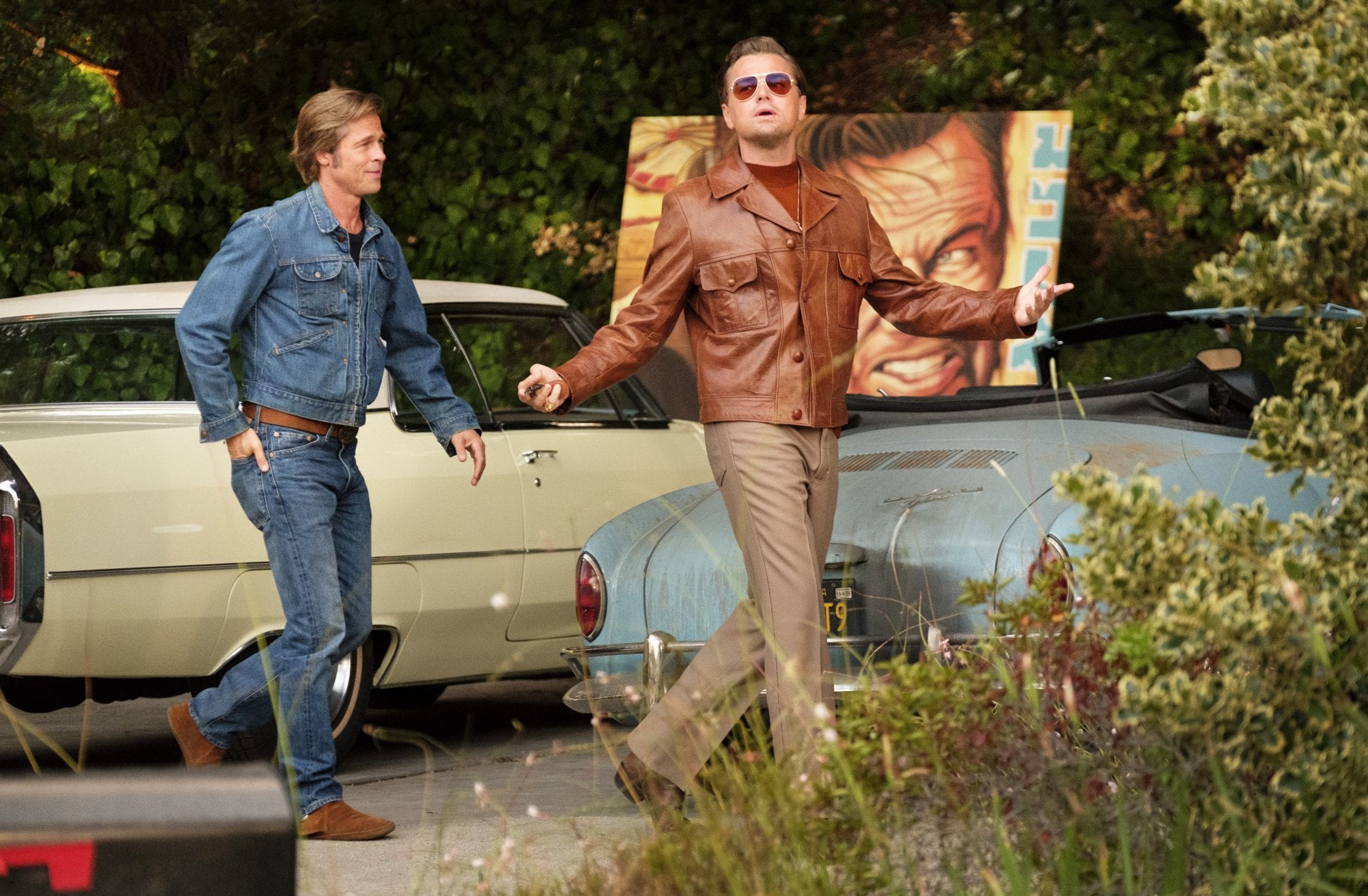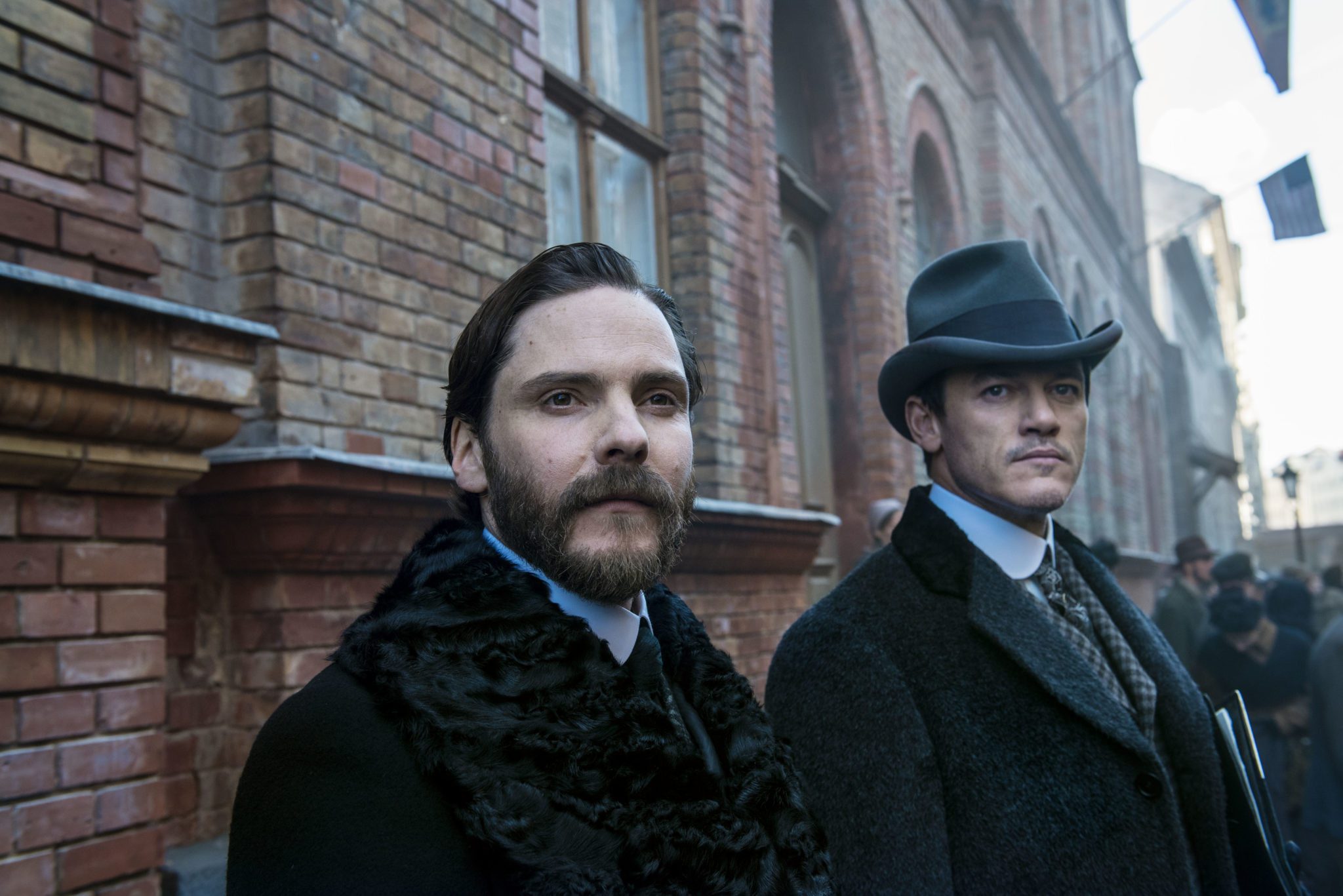
Once Upon a Time … in Hollywood – A Tarantino Fairy Tale
When I first heard that Quenton Tarantino was going to be making a movie that involved the Manson Family killings, I assumed the violence and blood would be overwhelming. But Once Upon a Time . . . in Hollywood turns out to be his least violent film. All of Tarantino?s films have an aspect of…

